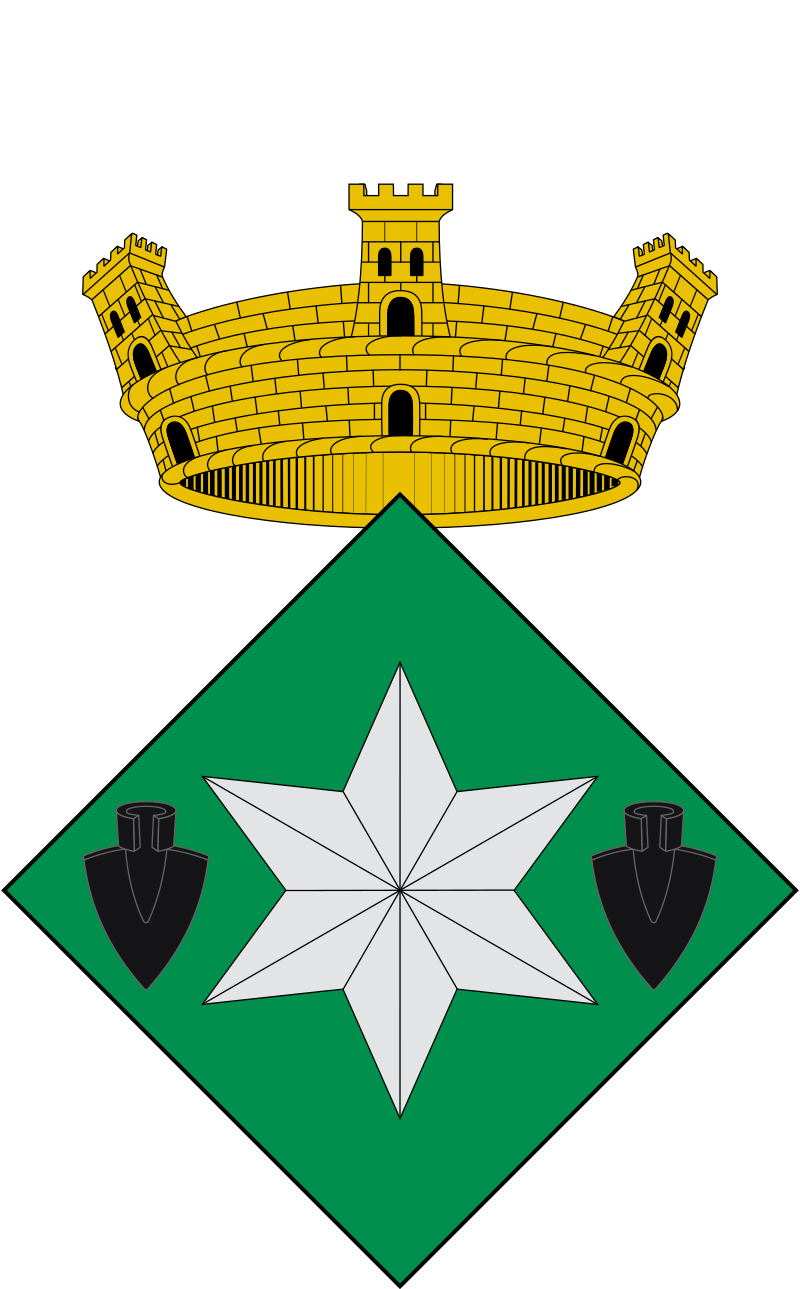Point 8. THE GUARD HOUSE
The other feature complementing the fortification at the gates was the guard house. Also referred to as the phulacteria, armora, casemate or bastion, this adjoined the west tower. It was built at the same time as the gates, involving the partial demolition of two former Cerretanian houses where there had been looms for weaving fabric.
It was built using the same construction technique as the towers at the gates, using large amounts of flat pieces of slate laid horizontally, in this case alternating with blocks of stone. Here too the stones were bound together with a mixture of earth, mud and pebbles.
It was a rectangular building which was also measured out in perticae, with an internal length of 8.8m (3 perticae), divided into two symmetrical rooms. To the north the rooms were closed off by a partition wall where the entrance would have been.
Buildings of this type were primarily defensive, but also served to house soldiers and store weapons or provisions. It is to be supposed that access to the upper floors was by removable ladders, and the guard house was probably over 5-6 metres high.
Images: Floor plan of guard house structures.
Images: Hypothetical floor plan of guard house structures.
Illustration: Axonometric projection of the guard house showing its interior.
